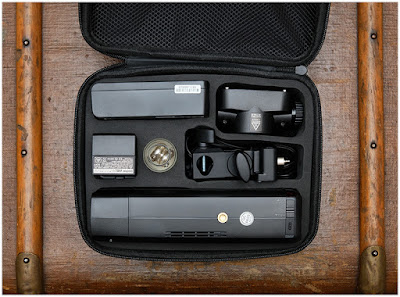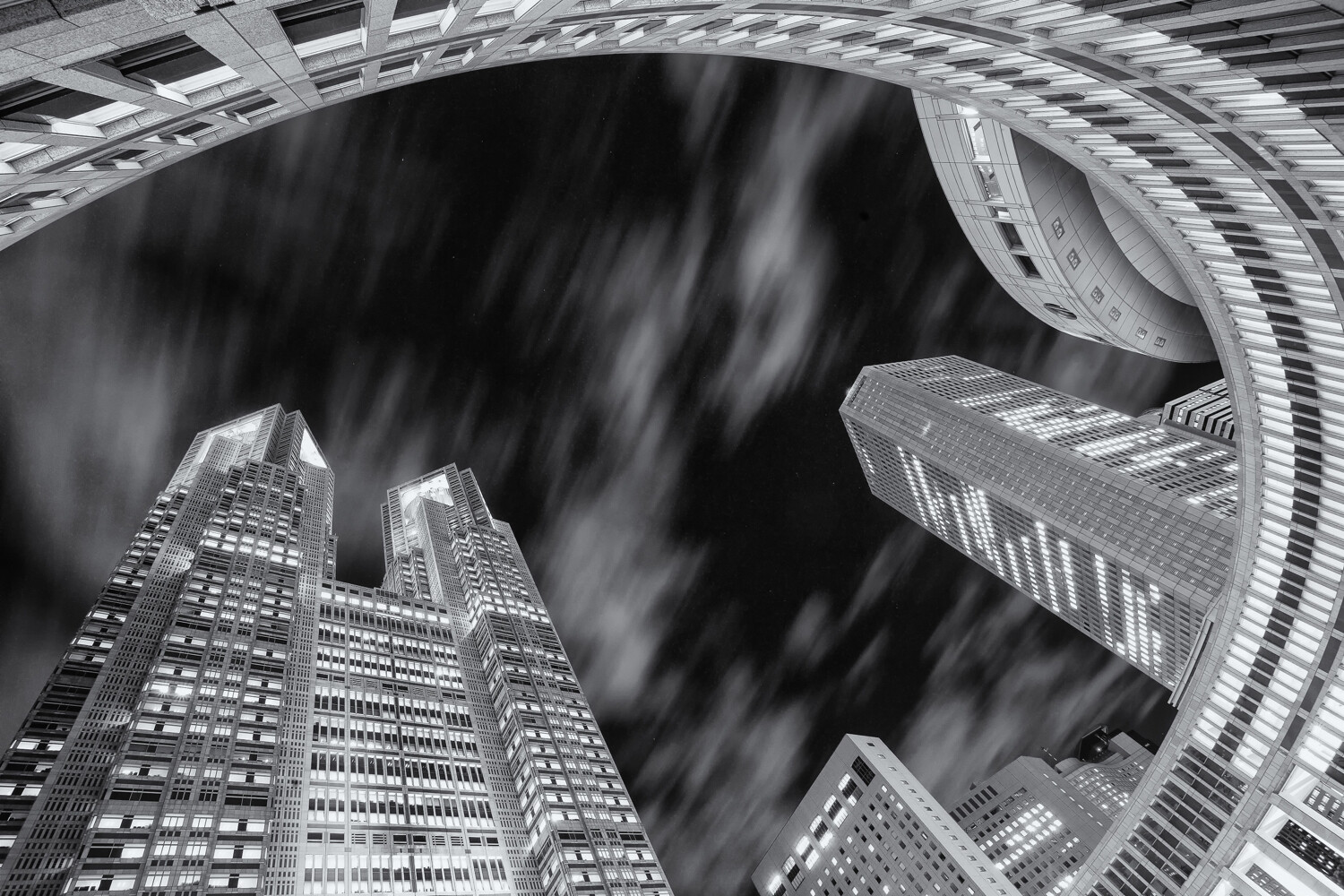Water droplet photography is a dream for almost every creative photographer. When a water drop collides with another drop, it creates beautiful crowns and other shapes that look fabulous. Capturing those moments is a very satisfying experience for a photographer.

Taken by Andrea Laybauer using MIOPS Splash Water Drop Kit
Until now it was not easy to create such shots, but thanks to the advancement of technology, now we have some gadgets that could make this process almost effortless for us. One such gadget is the MIOPS Splash Water Drop Kit which is the world’s first water drop photography gear that can be controlled by your smartphone.
It not only controls the size and timing of drops with great precision, but it also controls your camera or flashes so that you can focus on other creative tasks like lighting, background, and different settings to create unique pieces of art.
So, let’s find out how you can create extraordinary splash photographs using this amazing device.
Photo credits: In this article, we are featuring examples done by myself, as well as three photographers and MIOPS Splash Water Drop Kit customers; Andrea Laybauer (a specialist who shoots drops and splashes), Jos Daanen (a primarily wildlife photographer), and Paul Lindqvist (a specialist in food, stop-motion products, and portraits).

Taken by Ramakant Sharda using MIOPS Splash Water Drop Kit
What you need:
A Quiet Room:
First, you’ll need a room that can be darkened where you can create a lot of mess in that room. It’s better to choose a spare room as you may need to keep your equipment setup for a few days.
Camera and Lens:
You can use any DSLR camera for water droplet photography, or any other camera that has manual controls. Lens choice is important as you need one with a longer focal length and shorter minimum focusing distance so your camera is safe from water splashes but you can still fill the frame with splashes. I found that a 100mm macro lens is the best option for this project.
Flashes/Speedlights:
Next, you need flashes with manual control over power. You are going to use the flashes at the lowest power setting so you need a minimum of two flashes. If you have more, that is even better.

Taken by Andrea Laybauer using MIOPS Splash Water Drop Kit
Tripod:
A steady tripod is a must for the camera so you can focus on other aspects of the shoot. You also need an extra tripod for attaching the MIOPS Splash Water Drop Kit device.
Water Containers:
You may use a glass bowl, wine glass, or a designer cup. But if you don’t want to show the container in the picture you need around an 8×12″ glass tray with two-inch depth. You can get it from your local aquarium shop (or a similar baking dish).

Taken by Jos Daanen using MIOPS Splash Water Drop Kit
Backgrounds:
You also need some colorful background images. Go to Google and search for “blur abstract background” and you’ll get an idea about what type of images you require. You can buy similar images from stock sites or there are some sites that provide images at no cost. You now have two options, you can print these images on paper or transparencies.
MIOPS Splash Water Drop Kit:
Finally, you need a MIOPS Splash Water Drop Kit to control the water drops and your camera. It comes with a holder kit so you can easily fix it on a tripod.

Other than these items, you need a few more things like a milky white acrylic sheet (Plexiglass) to attach backgrounds. Something to hold the acrylic sheet, a dry cloth, some clamps or clips and a shutter release cable.
Setup:
Now you have everything ready, so let’s start. First, place the acrylic sheet as the background, making sure to leave at least two feet at the back for placing the flashes. Now place a tripod at the front of this and attach the MIOPS Splash Water Drop Kit on it. The distance between the background and the point where your drop will fall should be around 12-15 inches.
Now put your water container below it and ensure that the drop falls in the center of this container. Also, align your background with it.
Next place your flashes. If you are using transparencies for the background, place the flashes behind the glass, at a distance of around 12 inches. If you are using a paper background, place the flashes at a 45-degree angle on both sides. Make sure to cover your flashes with a plastic bag.

Setup using a transparent background with the flashes behind it.

Setup using a paper background with the flashes in front of it. Notice the flashes are being protected from any water drops that might splash and land on them, potentially damaging your delicate electronic equipment.
One flash will be the master and it’ll attach with MIOPS Splash Water Drop Kit and the other flashes will be in slave mode so they fire automatically when the master flash fires.
Lastly, fix your camera on a tripod and attach a shutter release cable. It’s better to create this setup on a table because you need to work for a long time and if this setup is on the ground, you’ll get tired quickly.
Settings:
At this point, you may want to take a break and have coffee but if you are like me, you probably dying to see your first image. So, let’s talk about all the settings.
First, set your flashes at 1/32 power. If you are using four flashes, you may need to lower the power to 1/64 or 1/128. The lowest power setting will give you shortest flash duration and your photos won’t have any motion blur.
Next set your camera to Bulb Mode, set ISO to 100, choose an aperture between f/11-f/16 and attach the shutter release cable. Now put a pencil or something else where your drop will fall and focus manually on that spot, and leave the camera.

Taken by Andrea Laybuarer using MIOPS Splash Water Drop Kit
You can also control your camera using the MIOPS Splash Water Drop Kit, but it’s always better to set your camera to Bulb Mode and fire flashes instead. It will give you accurate results as there will be no shutter lag.
Lastly, you need to do the MIOPS Splash Water Drop Kit settings. You are going to set the size of the first drop, the delay between two drops, size of the second drop and finally the flash firing time. Open the MIOPS Mobile app on your phone and you’ll find some settings. Set the first drop size to 25 milliseconds, the second drop size to 50 milliseconds and delay to 100 milliseconds. Finally set Trigger to 350 milliseconds and set mode to flash.

These settings are just a starting point and you need to do some fine-tuning. If your nozzle is too high or low, you need to change delay time according to that. For the above settings, the distance between nozzle and water container is around two feet.
Workflow:
Now you need to open the shutter using the shutter release cable and tap on the Start button in the app and close the shutter when flashes are fired. Since your room is dark and you are using a narrow aperture, the ambient light won’t affect the shot.

Taken by Andrea Laybauer using MIOPS Splash Water Drop Kit

Taken by Jos Daanen using MIOPS Splash Water Drop Kit
So, take a shot and check if the lighting is good or not. If your picture is too dark, increase the ISO or move the flashes a little bit closer. Keep in mind that you should not increase the power of your flashes above 1/32 or you’ll start getting motion blur. If your picture is too bright, lower the flash power to 1/64 or 1/128 or move them back.
Once the light is okay, take another shot and see if it’s properly focused. If not, focus again.
When everything is set and you get your first shot, it’s time to do some experiments to create different masterpieces. Change the size of drops to see what difference it makes. Remember that first drop size won’t make any major difference, it’s the size of the second drop what will create different shapes. Now change the delay time, every time you change it, you’ll get different shapes.
Now experiment with both drop size and delay between drops. Each change will give you different results. Just keep in mind that you should make small changes like 5-10 milliseconds.

Taken by Andrea Laybauer using MIOPS Splash Water Drop Kit
Once you understand the process and take enough shots, experiment with different backgrounds and light positions. You can place the flashes at the back and front or you can use gels on them to get different results.

Taken by Paul Lindqvist using MIOPS Splash Water Drop Kit
At last, I am going to tell you a little secret to get outstanding photos. If you add a few drops of liquid soap in the water, you’ll start getting some totally unique shapes.
So, let’s get started, please share your masterpieces in the comment area below.
More about the photographers:
Andrea Laybauer started to photograph in 2001. However, since 2009, she has dedicated herself to shooting drops and splashes. View her website here and Instagram to see more of her work.
Jos Daanen is primarily a wildlife photographer. He did his utmost best to get some collisions of droplets… For these featured photos, he ordered the MIOPS Splash Water Drop Kit unit which was released at the beginning of 2018.
Paul Lindqvist is a commercial photographer who specializes in food, stop-motion, product photography, and portraits. He loves using technology to create his images, and always find new ways to use it to his advantage. View his website and Instagram
Disclaimer: MIOPS is a paid partner of dPS.
The post How to Take Amazing Photos Using the MIOPS Splash Water Drop Kit appeared first on Digital Photography School.

Digital Photography School









































You must be logged in to post a comment.